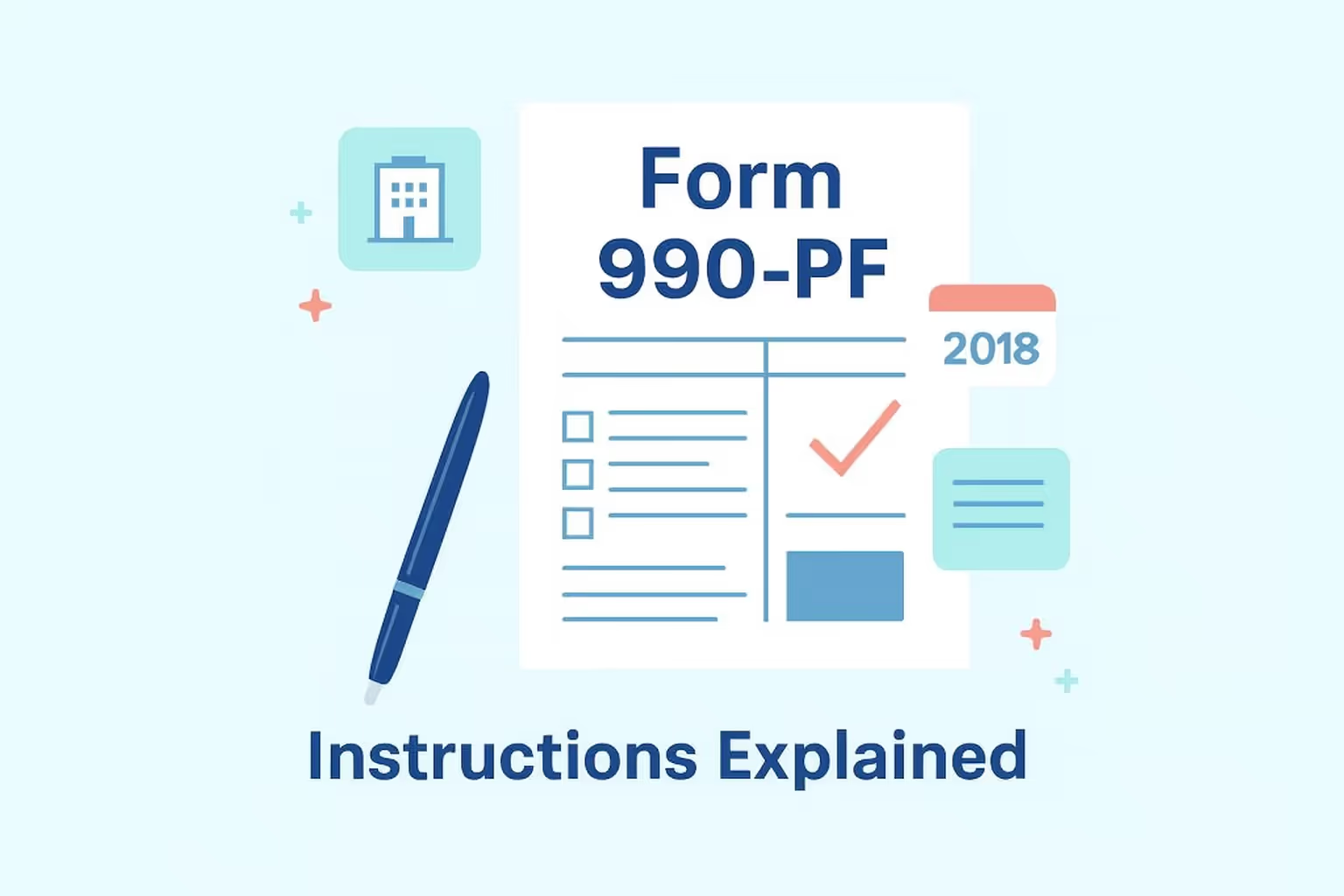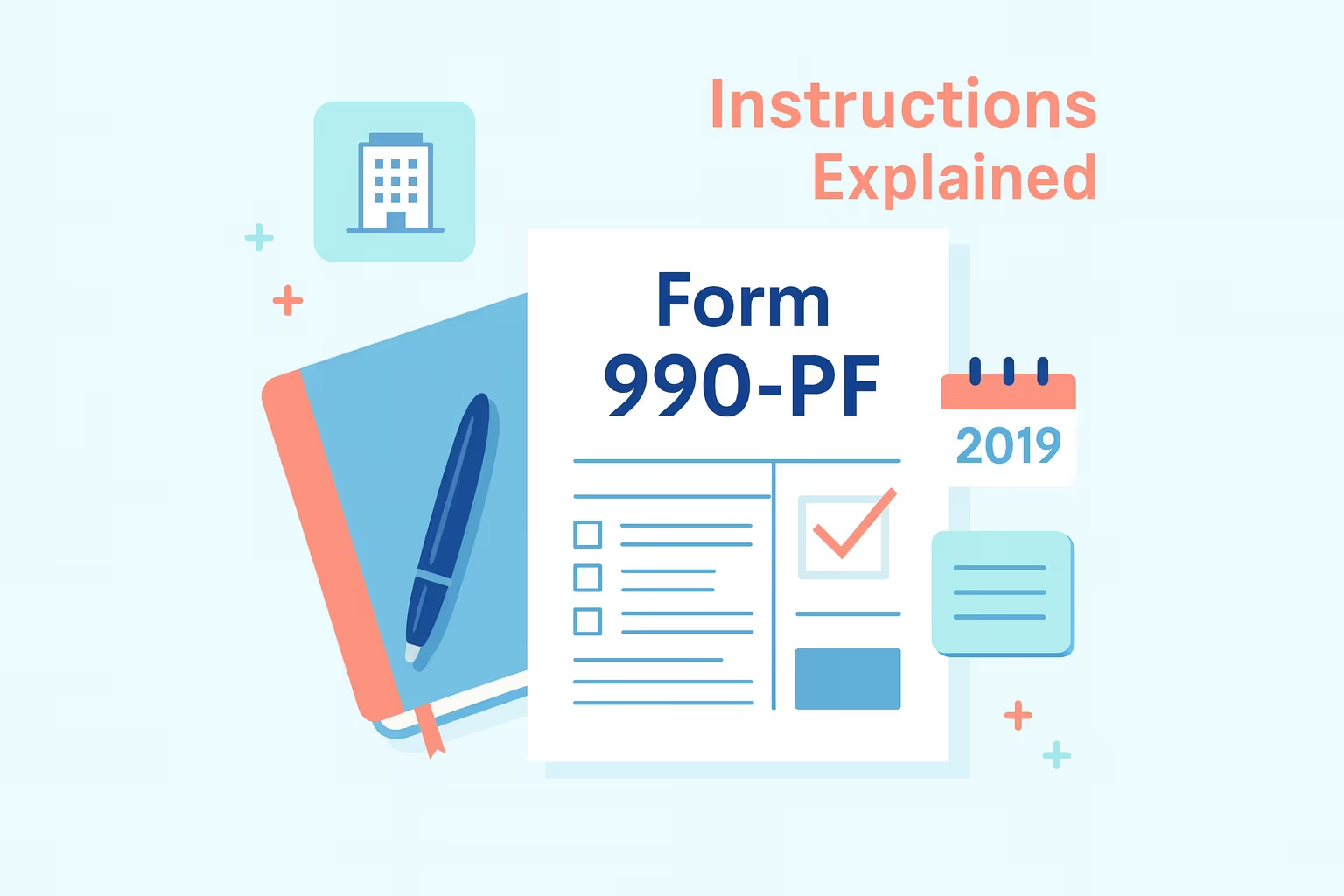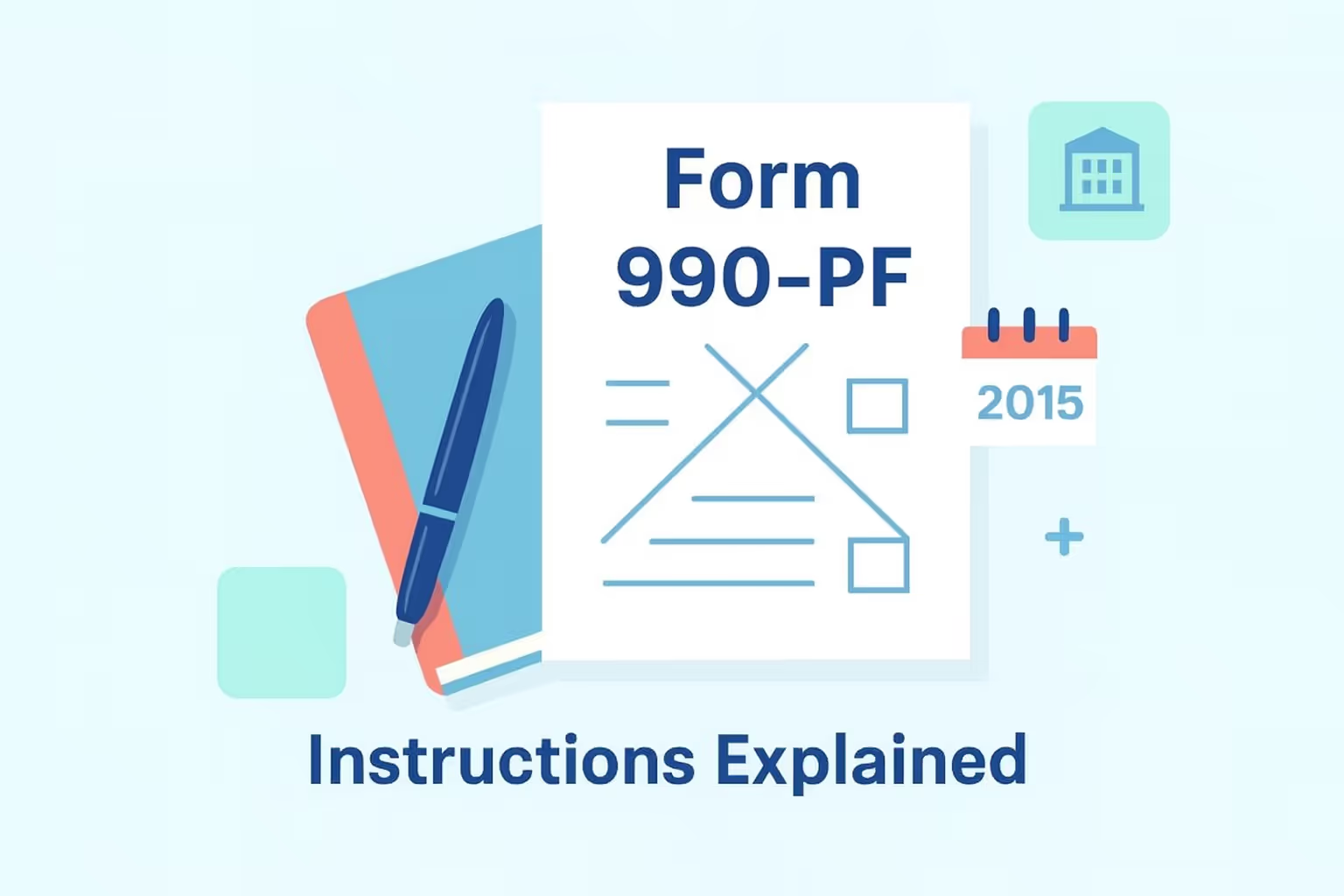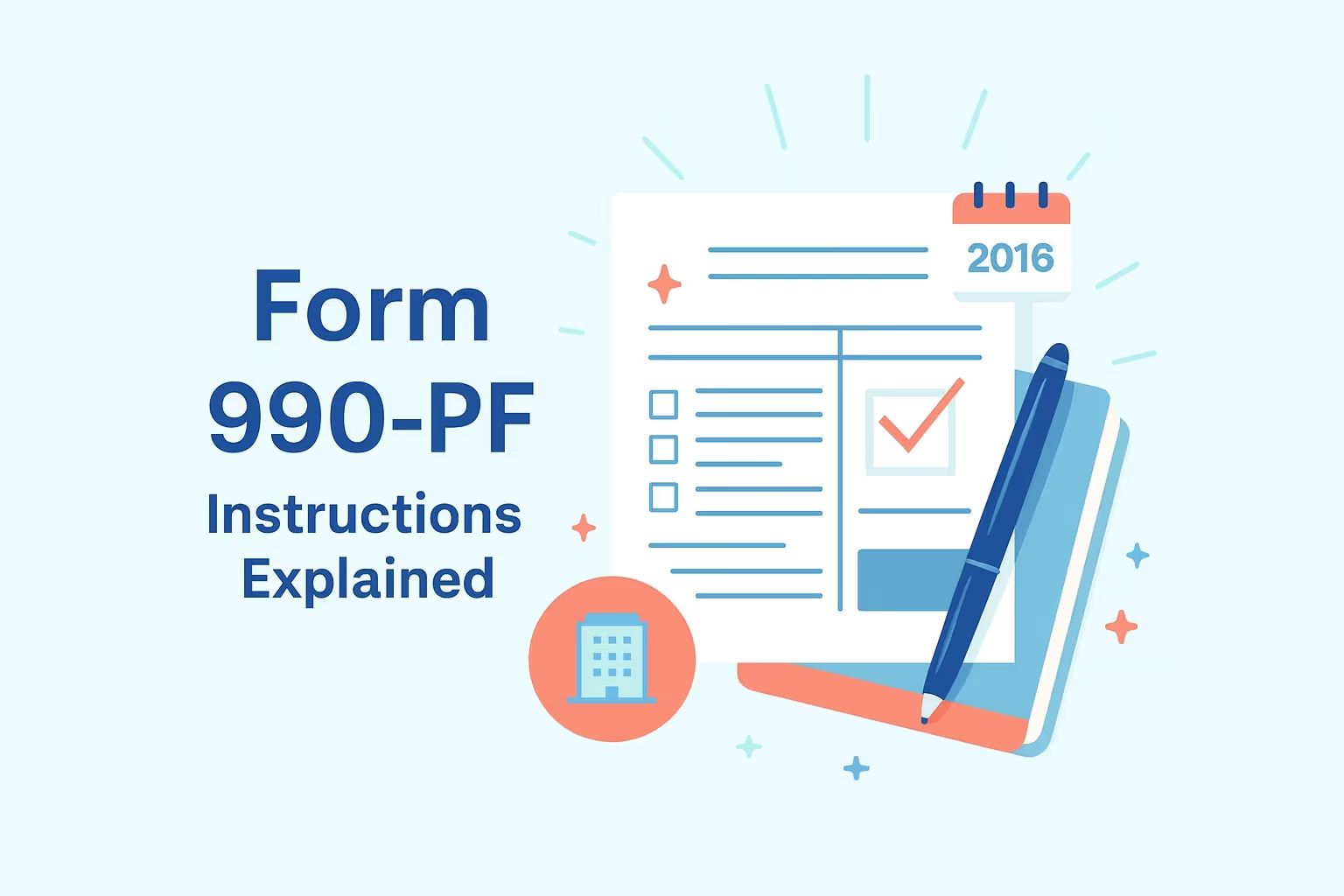
What IRS Form 990-PF (2014) Is For
IRS Form 990-PF (2014) is an annual tax return required for private foundations. It reports the foundation’s financial activities, including income, expenses, and distributions. This form helps ensure compliance with private foundation rules and demonstrates that foundations are using funds appropriately for charitable programs and activities.
The form must be filed, even if the foundation had no income or activities during the year. It also reports on the investment income, grants made, and any potential self-dealing violations. Filing Form 990-PF is crucial for maintaining tax-exempt status and avoiding IRS penalties.
Private foundations that prepare their annual return often consult resources such as Form 990-PF – Return of Private Foundation to understand filing expectations and compliance requirements.
When You’d Use IRS Form 990-PF
IRS Form 990-PF is required annually for all private foundations, regardless of their income or activity level during the year. This form reports financial data, such as net investment income, charitable contributions, and capital gains taxes. Private foundations must file the form to maintain tax-exempt status and ensure compliance with IRS regulations.
The form also reports grants made and the allocation of the foundation’s funds to charitable activities. Filing ensures transparency, which is necessary to uphold public trust in the foundation's tax treatment of donors’ adjusted gross income and donations. Private foundations are subject to specific rules around making grants and reporting on the estate tax savings benefits for their donors.
Key Rules or Details for 2014
For private foundations in 2014, several critical rules must be followed to remain compliant with IRS guidelines. One of the key requirements is the 2% excise tax on net investment income, which may be reduced to 1% for foundations that increase their charitable giving. Private operating foundations and non-operating foundations must also ensure they make qualifying distributions of at least 5% of their assets for charitable purposes each year.
Foundations must comply with self-dealing restrictions and avoid transactions benefiting disqualified persons. The IRS requires public charities and private foundations to report on grants made, the fair market value of assets, and any income tax savings related to donations and charitable contributions. Proper management and documentation are crucial for maintaining the foundation's tax-exempt status.
Step-by-Step (High Level)
- Calculate Net Investment Income: Calculate the foundation’s net investment income, including interest, dividends, and capital gains from assets. This figure will help determine the excise tax owed.
- Complete Financial Statements: Fill out the foundation’s financial statements, detailing assets, liabilities, and charitable contributions. Ensure all donations and grants are accurately reflected.
- Document Grants and Donations: Record all grants to nonprofit organizations or public charities, ensuring they serve the required charitable purposes. Include cash contributions and highly appreciated assets in the reporting.
- Sign and Submit the Form: Once all sections are complete, ensure an authorized officer of the foundation signs the return. Submit the finalized Form 990-PF to the IRS.
Common Mistakes and How to Avoid Them
When filing Form 990-PF, foundations often make mistakes that can result in penalties or jeopardize their tax-exempt status. Below are some common errors and tips on how to avoid them:
- Ensure every section is answered, even with “N/A” where applicable, to avoid penalties.
- Review all transactions involving private foundation donors to ensure they comply with self-dealing rules.
- Maintain detailed records for every grant made to ensure compliance with charitable purposes.
- Verify additional state-specific filing requirements and submit them to avoid fines.
What Happens After You File
After filing Form 990-PF, the IRS processes the return and checks for any inconsistencies or missing information. The foundation will be notified of any errors or discrepancies that need correction. In some cases, the IRS may request additional documentation or clarification regarding certain deductible amounts or transactions.
After processing, the Form 990-PF becomes a public document, and foundations are required to make it available for public inspection. Private foundations must ensure a copy is accessible at their main office. The IRS may conduct a follow-up review or audit, especially if the foundation has reported large donations or complex transactions involving a donor's estate.
Filing Form 990-PF ensures that a private foundation remains compliant with IRS tax treatment and charitable purposes. Timely filing also helps the foundation maintain its tax-exempt status and avoid penalties.
FAQs
Do private foundations need to file Form 990-PF annually?
Yes, private foundations must file Form 990-PF annually to ensure compliance and transparency, reporting on investment income, grants, and charitable activities, regardless of income or grants made.
What are the main differences between an operating foundation and a non-operating foundation?
An operating foundation primarily spends income on its own charitable programs, while a non-operating foundation makes grants to other charities. These differences affect tax obligations and reporting requirements.
How does a private foundation qualify for income tax savings?
Private foundations qualify for income tax savings through charitable contributions, which may be deductible based on the donor's income, subject to IRS limits.
What happens if a foundation engages in self-dealing?
Self-dealing, involving prohibited transactions with family members or officers, results in penalties, including excise taxes, as foundations must prevent misuse of funds by those with control.
What are the consequences of not filing Form 990-PF on time?
If a private foundation fails to file Form 990-PF on time, it could face penalties based on its gross receipts or assets for the taxable year. Continued non-filing for three consecutive years may result in the automatic revocation of tax-exempt status. To avoid these consequences, foundations should ensure timely submission and address any errors or omissions promptly.
Readers looking for additional IRS-compliant resources may also review Federal Fillable Tax Forms for related filing materials.




























